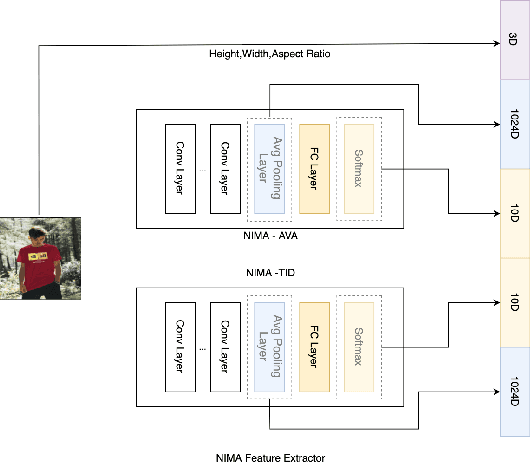Sangeet Jaiswal
Diversify and Conquer: Bandits and Diversity for an Enhanced E-commerce Homepage Experience
Sep 25, 2023Abstract:In the realm of e-commerce, popular platforms utilize widgets to recommend advertisements and products to their users. However, the prevalence of mobile device usage on these platforms introduces a unique challenge due to the limited screen real estate available. Consequently, the positioning of relevant widgets becomes pivotal in capturing and maintaining customer engagement. Given the restricted screen size of mobile devices, widgets placed at the top of the interface are more prominently displayed and thus attract greater user attention. Conversely, widgets positioned further down the page require users to scroll, resulting in reduced visibility and subsequent lower impression rates. Therefore it becomes imperative to place relevant widgets on top. However, selecting relevant widgets to display is a challenging task as the widgets can be heterogeneous, widgets can be introduced or removed at any given time from the platform. In this work, we model the vertical widget reordering as a contextual multi-arm bandit problem with delayed batch feedback. The objective is to rank the vertical widgets in a personalized manner. We present a two-stage ranking framework that combines contextual bandits with a diversity layer to improve the overall ranking. We demonstrate its effectiveness through offline and online A/B results, conducted on proprietary data from Myntra, a major fashion e-commerce platform in India.
Product Review Image Ranking for Fashion E-commerce
Aug 10, 2023



Abstract:In a fashion e-commerce platform where customers can't physically examine the products on their own, being able to see other customers' text and image reviews of the product is critical while making purchase decisions. Given the high reliance on these reviews, over the years we have observed customers proactively sharing their reviews. With an increase in the coverage of User Generated Content (UGC), there has been a corresponding increase in the number of customer images. It is thus imperative to display the most relevant images on top as it may influence users' online shopping choices and behavior. In this paper, we propose a simple yet effective training procedure for ranking customer images. We created a dataset consisting of Myntra (A Major Indian Fashion e-commerce company) studio posts and highly engaged (upvotes/downvotes) UGC images as our starting point and used selected distortion techniques on the images of the above dataset to bring their quality at par with those of bad UGC images. We train our network to rank bad-quality images lower than high-quality ones. Our proposed method outperforms the baseline models on two metrics, namely correlation coefficient, and accuracy, by substantial margins.
 Add to Chrome
Add to Chrome Add to Firefox
Add to Firefox Add to Edge
Add to Edge